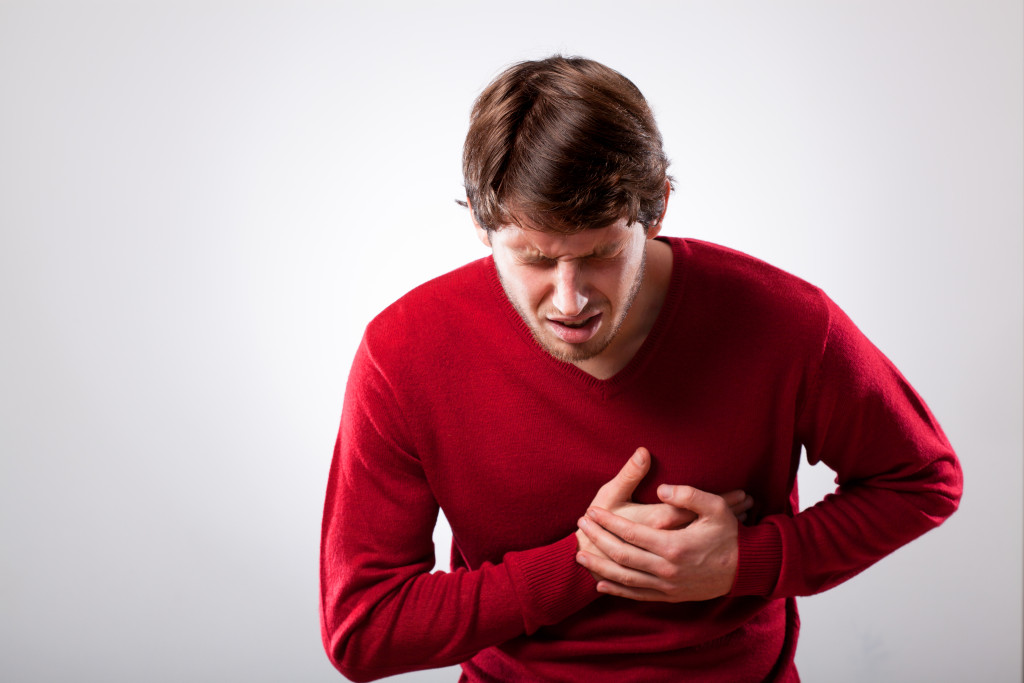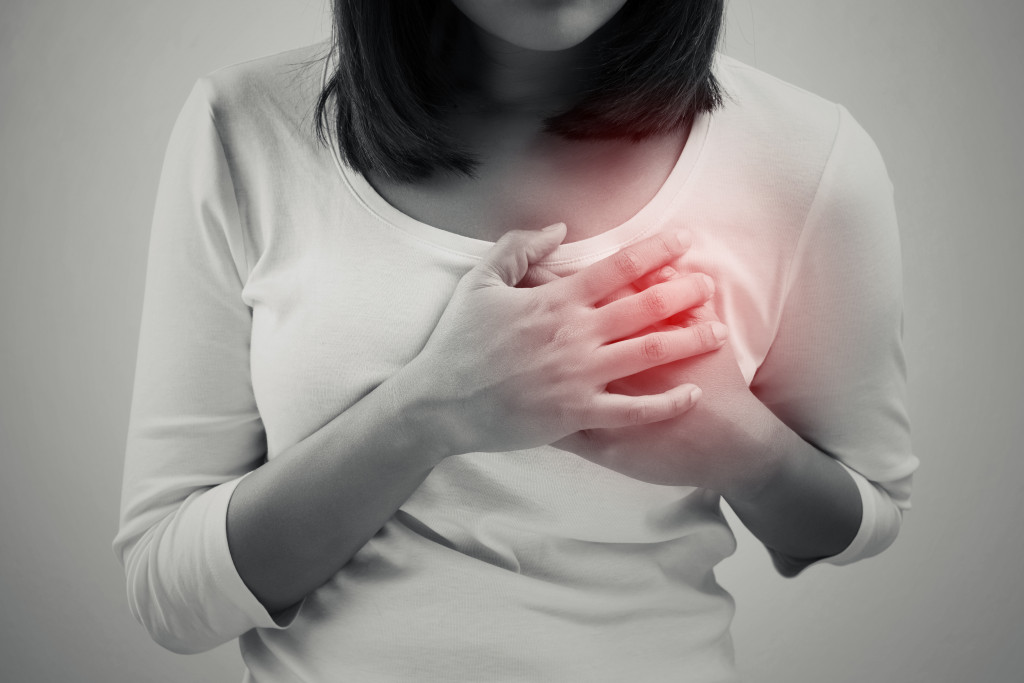Cardiovascular diseases are the most common type of chronic disease in America, and they can be deadly.
Most people know that cardiovascular diseases involve the heart or blood vessels, but there’s a lot more to it than just coronary artery disease (CAD). There are many types of cardiovascular diseases, which is why it’s important for everyone to understand their risks.

Types of Cardiovascular Diseases
The most common type of coronary artery disease is atherosclerosis. In atherosclerosis, plaque builds up on the inner walls of the arteries. This can narrow the arteries and reduce the amount of blood that can flow through them. This can lead to a heart attack or stroke.
Myocardial infarction is the medical term for a heart attack. A heart attack occurs when a blood clot blocks one or more of the arteries that supply blood to the heart. This can damage or kill part of the heart muscle.
Angina is another type of cardiovascular disease. Angina is a painful sensation that occurs when the heart does not receive enough blood rich in oxygen. Angina can be a symptom of coronary artery disease.
Cardiomyopathy means dysfunction of one or both ventricles of the heart muscle, usually caused by an inherited disorder like hypertrophic cardiomyopathy.
Peripheral artery disease (PAD) is a narrowing of the arteries outside of the heart, most commonly in the legs, that can impede blood flow and cause pain.
Congestive heart failure is a medical condition in which the body cannot process enough oxygen due to an overworking of its cardiovascular system. This can cause fluid buildup in the lungs, legs, and other parts of the body.
Aortic aneurysms are dangerous bulges in the aorta, the large artery that carries blood from your heart to every part of your body. An aneurysm can rupture and cause death.
Rheumatic heart disease is a condition that develops as a complication of rheumatic fever. Rheumatic heart disease can damage the valves of the heart and lead to heart failure.
Valvular heart disease is a condition that affects one or more of the valves of the heart. The valves may be damaged by disease, injury, or aging.
Arrhythmia is an abnormal heart rhythm. It can cause the heart to beat too fast, too slow, or irregularly. Arrhythmias can lead to heart failure or sudden cardiac death.
Factors That Increase Risk for Heart Disease
There are several factors that increase your risk for cardiovascular diseases.
Age is a major risk factor. The older you are, the more likely you are to develop heart disease.
Gender is also a risk factor. Men are more likely than women to develop cardiovascular diseases.
Family history is another risk factor. If your parents or grandparents had heart disease, you may be more likely to develop it, too.
Smoking is a major risk factor for cardiovascular diseases. Smoking damages the heart and blood vessels and increases the risk of a heart attack or stroke.
Excess weight and obesity are risk factors for heart disease. Being overweight increases the risk for hypertension, atherosclerosis, and other heart problems.
Physical inactivity is a risk factor for heart disease. People who are inactive are more likely to develop obesity, hypertension, and other conditions that can lead to heart disease.
Unhealthy diets are a risk factor for heart disease. Eating a diet high in saturated fat, cholesterol, and sodium can increase the risk of heart disease.
Alcohol consumption is a risk factor for heart disease. Excessive alcohol intake can damage the heart and blood vessels.
High blood pressure is a major risk factor for heart disease. High blood pressure increases the workload of the
Underlying medical conditions can also cause heart disease.
Hypertension is defined as high blood pressure due to increased vascular resistance and/or decreased arterial compliance. It may lead to coronary artery disease or other health problems such as kidney failure or stroke.
High cholesterol is a condition in which there is too much cholesterol in the blood. Excess cholesterol can build up in the arteries and increase the risk for heart disease and stroke.
Diabetes mellitus is a condition in which the body does not produce or use insulin properly. This can lead to high blood sugar levels, which can damage the arteries and lead to heart disease.
Kidney disease is a condition that can lead to high blood pressure and heart disease.
Symptoms of Cardiovascular Diseases
Many people with heart disease don’t have any symptoms. When symptoms do occur, they may include:
- chest pain,
- shortness of breath,
- heart palpitations,
- fatigue,
- dizziness or lightheadedness, and
- swelling in the ankles, feet, or legs.
The symptoms of heart disease may vary depending on the type of heart disease. For example, chest pain is a common symptom of coronary heart disease, while shortness of breath is a common symptom of congestive heart failure. If you have any of these symptoms, it’s important to see your doctor.
Treatments for Heart Disease
There are many treatments for cardiovascular diseases depending on the type and severity.
Medications can help to reduce the risk of heart attack or stroke, lower blood pressure or cholesterol levels, and prevent clots from forming.
Surgery can be used to open blocked arteries or replace faulty heart valves.
Angioplasty or stenting can be used to open blocked arteries.
Lifestyle changes can help to improve your overall health and reduce your risk for cardiovascular disease. This includes quitting smoking, eating a healthy diet, and getting regular exercise.
Cardiovascular diseases are common, but they can be treated. By making healthy lifestyle choices and seeking treatment, you can reduce your risk of heart attack, stroke, and other serious complications.

